Month Nine in Málaga – Some tidbits about a few Spanish writers and artists

Aside from Spanish, I’m slowly learning the cultural history of this country. It’s a gradual accretion of information through podcasts, museum visits, and books. Here are some recent tidbits.
Pio Baroja and Ernest Hemingway
I listen to a variety of Spanish-language podcasts on my morning walks. Some of them are specifically for language learning with grammar tips, idioms, and useful phrases. Others though are podcasts on the arts, psychology, history, or current events intended for Spanish-speaking audiences, of which I aim to be a full member one day. Recently I listened to an episode of a program called Acontece que no es poco which describes itself as “una lección de historia con mucho humor.” It’s hosted by the wonderfully named and highly entertaining Nieves Concostrina. The episode was about the writers Miguel de Unamuno and Pio Baroja, both of the Generation of ’98, a literary movement that was a response to the end of Spain as a 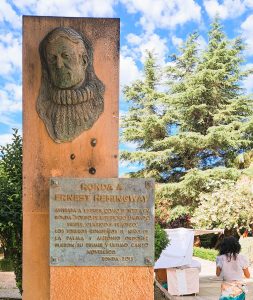 colonial power after its defeat in the Spanish-American War. Writers of this group produced their major works during the first two decades of the twentieth century though many continued their careers for decades longer. The episode focused on the effects of the Spanish Civil War on Unamuno and Baroja. There’s a question about whether Unamuno was poisoned while under house arrest in 1936. Baroja was in exile during the Spanish Civil War but returned in 1940. He died in 1956 in Madrid. What especially caught my attention in this episode was when Concostrina related the story of Ernest Hemingway visiting a dying Baroja and humbly saying that Baroja should’ve won the Nobel prize instead of him. It seemed a generous thing to say and having seen statues of Hemingway in Ronda and Pamplona, and references to his favorite haunts in San Sebastian and Madrid, I wanted to know more about how Hemingway fit into the literary and social landscape of Spain. It turns out Hemingway was received well by some and ridiculed by others. Hemingway scholar Jeffrey Herlihy-Mera writes:
colonial power after its defeat in the Spanish-American War. Writers of this group produced their major works during the first two decades of the twentieth century though many continued their careers for decades longer. The episode focused on the effects of the Spanish Civil War on Unamuno and Baroja. There’s a question about whether Unamuno was poisoned while under house arrest in 1936. Baroja was in exile during the Spanish Civil War but returned in 1940. He died in 1956 in Madrid. What especially caught my attention in this episode was when Concostrina related the story of Ernest Hemingway visiting a dying Baroja and humbly saying that Baroja should’ve won the Nobel prize instead of him. It seemed a generous thing to say and having seen statues of Hemingway in Ronda and Pamplona, and references to his favorite haunts in San Sebastian and Madrid, I wanted to know more about how Hemingway fit into the literary and social landscape of Spain. It turns out Hemingway was received well by some and ridiculed by others. Hemingway scholar Jeffrey Herlihy-Mera writes:
While Hemingway had a close devotion to things Spanish throughout his life, he was at times ridiculed by Spaniards for what some perceived as his pretensions as a bullfighting insider and poor ability to speak Spanish. Jose Castillo-Puche, friend and biographer of Hemingway, said that by the end of his life, “Ernesto was no longer a fascinating figure to people in Spain; he had become a sort of joke, in fact.”
What’s indisputable though, says Herlihy-Mera, was that Hemingway increased tourism to Spain.
Antonio Machado
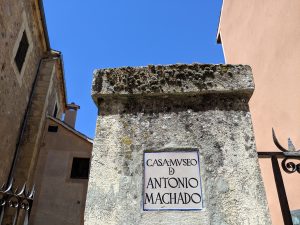 While I’d known of Antonio Machado, my introduction to his work was through the Catalan singer-songwriter Joan Manuel Serrat whose song Cantares I only heard a few years ago despite its being released in 1969. And I only recently knew that it’s a tribute to the words of the poet Antonio Machado—Caminante, no hay camino/se hace el camino al andar—and that he had dedicated an entire album to the poet and his verse.
While I’d known of Antonio Machado, my introduction to his work was through the Catalan singer-songwriter Joan Manuel Serrat whose song Cantares I only heard a few years ago despite its being released in 1969. And I only recently knew that it’s a tribute to the words of the poet Antonio Machado—Caminante, no hay camino/se hace el camino al andar—and that he had dedicated an entire album to the poet and his verse.
Though I don’t read a lot of poetry, I decided to read or try to read something by Antonio Machado. The poems in the book Border of a Dream: Selected Poems are preceded by a brief biography of the poet in which I learned that at the age of thirty-two, Machado “fell in love” (quotation marks of doubt mine) with a thirteen-year-old girl whom he married when she turned fifteen. Sure, it happened then, and it happens now—men taking child brides—but it’s a cringey detail for me. The poor girl died at age eighteen from tuberculosis and she was mourned by Machado in his poetry. Through these fields of my countryside, embroidered with dusty olive groves,/ I go walking alone,/ sad tired, pensive, old.
Later in his life, he fell in love with the poet Pilar de Valderrama, a married woman with three children. Of his love for Pilar de Valderrama, he had written in “From Sea to Sea,” It is a love that came to us in life too late: Our love’s a hopeless blossom on a bough/ that now has felt the ax’s frozen blade.
Perhaps to express his lost first love and his unattainable second love, he wrote elsewhere that Todo amor es fantasia.
Machado and Valderrama met often in Madrid and wrote letters regularly until, with Franco’s victory in the civil war, they each escaped to different countries, she to Portugal and he to France. Machado died soon after his arrival in France.
If you’re ever in Madrid, the Café Varela on Calle Preciados is where Machado held his tertulia, his literary gathering.
Maruja Mallo
In Madrid recently, we went to the Maestras exhibit at the Thyssen Bornemisza Museum, work by female artists from the late 16th century to the early 20th century. This exhibit gathers works from the sixteenth to the twentieth centuries that reflect such themes as sisterhood, work, motherhood, science, and suffrage. There were some recognizable names like Berthe Morisot, Rosa Bonheur, Mary Cassatt, and Frida Kahlo, and many others that I was glad to know about. Among the artists whose work especially caught my eye was Maruja Mallo (born Ana María Gómez González), a Spanish surrealist painter of the Generation of 1927, which also included Dali, poet Lorca, and filmmaker Luis Buñuel.
- La mujer con la cabra, Maruja Mallo, 1927
- La Verbena, Maruja Mallo, 1927
Here are snippets from Wikipedia about her life. It’s a classic example of how women get erased from history.
According to biographer Shirley Mangini, “Although historians of Spanish avant-garde art locate the origins of the movement in the activities of Salvador Dalí, Luis Buñuel, Federico García Lorca, and another student at the Residencia, José Bello, Mallo’s artistic vision was an important catalyst in the Spanish avant-garde movement.”
When the Spanish Civil War erupted, Mallo went into exile in Argentina. When Mallo went into exile, her male partners in the creation of Spanish Avant-Garde Art, Vanguardist parties and Surrealist happenings began to boycott her, Occasioning her exclusion from the History of the Spanish Avant-Garde. Until recent years Mallo was rarely mentioned in Spanish Texts on Art and Cultural History. She was remembered for her affairs and her otherwise scandalous behavior such as winning a “Blasphemy Contest” and riding into church on a bicycle during mass than for her artist work. She was often simply labeled a “Mascot” or “Muse” of the generation of 27.
It was not until recently that Mallo was even slightly mentioned in Spanish texts on art and cultural history.
Two brilliant women of letters
Spain honors its artists by naming streets, parks, and schools after them, erecting statues, and incorporating their words into pavements, wall tiles, and plaques. Then there are the train stations. I love that the stations I use the most are named after women. Málaga’s is named after philosopher and essayist Maria Zambrano. Madrid’s is named after novelist Almudena Grandes. Zambrano was considered one of the most important intellectuals of her time and was one of the last political exiles from the Franco era to return to Spain. Grandes was a prize-winning, widely translated novelist who was a feminist and social activist. She credited reading as the source of her left-wing politics.
- From the video La Razón Poética de María Zambrano – Filosofía del siglo XX
- From the video Otra Vuelta de Tuerka – Almudena Grandes con Pablo Iglesias
What I’m reading: Francine Prose’s biography of Peggy Guggenheim. The English version is on my Kindle, and I bought the Spanish translation at a local bookstore. I read a chapter in English and then switch to the Spanish version. Some words have so much more oomph in Spanish: tormentosa, chocaban, maltrecha.
This month I also read Leaving the Atocha Station by Ben Lerner, a novel about an American poet’s impostor-syndrome, anxiety-ridden existence in Madrid and one of the books suggested in the New York Times article “Read Your Way Through Madrid.” He was the only non-Spaniard on writer Elena Medel’s list of ten recommended books. I have added several of the Spanish authors to my list of books to read. It’s also worth reading the comments section of the article for suggestions from readers of other Spanish authors.
Navidad in Málaga has been music, lights, and all-around magic. Not a true celebrant of the day, I spent Christmas Eve day at the beach reading and writing, and later made my own Nochebuena cena and ate it hours before the traditional time of 11 pm or midnight. It’s been a dreamy nine months in Spain and I look forward to more discoveries and learning in the new year. Wishing for peace and goodness in the world.
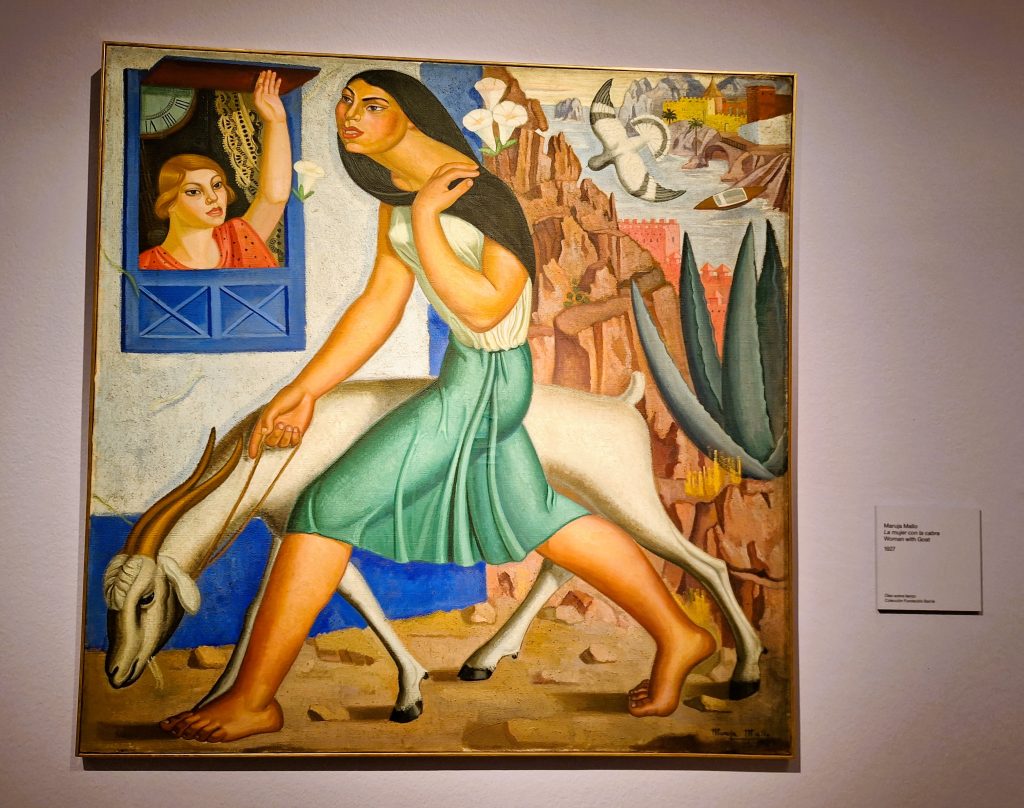
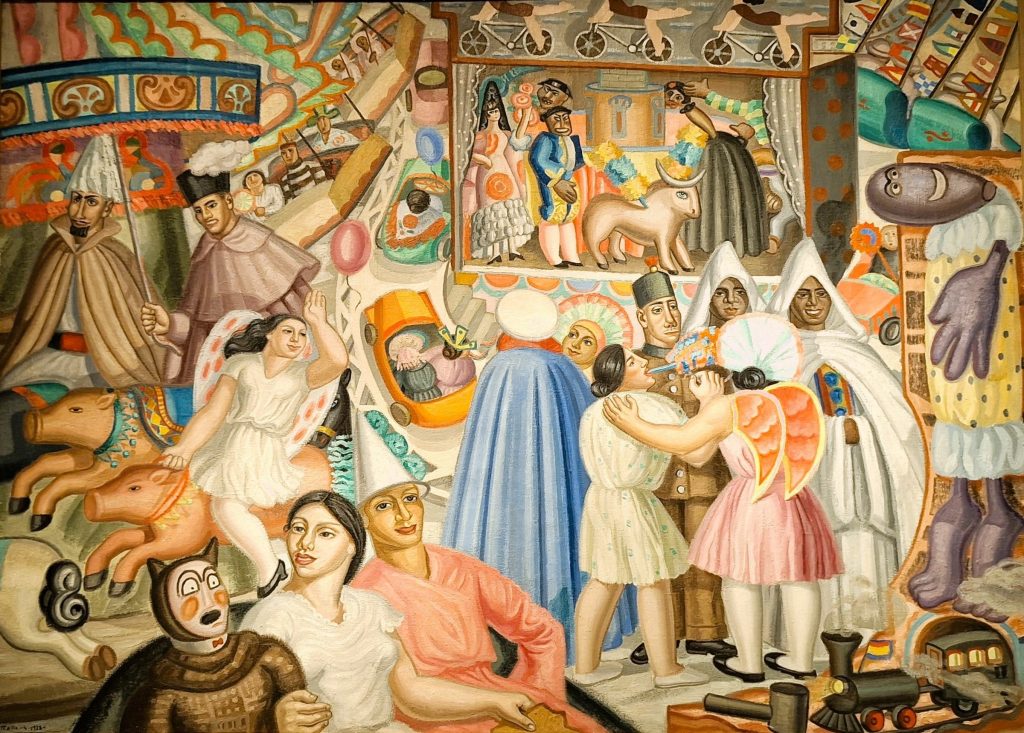
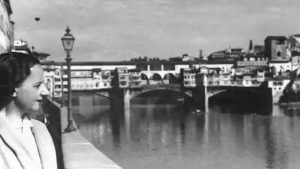

Very interesting article!!
Wonder if there’s a discrepancy between English and Spanish Peggy Guggenheim
Biographies?
Probably no discrepancies factually. But I am learning new vocabulary and new ways of expressing things! Funny thing is I started reading this bio because I saw the book first in Spanish in a local bookstore here in Malaga. And because I like Francine Prose’s writing, I decided to download the original English version. Reading them both has been great.
Beautiful and evocative. Thank you! And felicidades.
Gracias, Lynda!
Great article, as was your piece on mother daughter mother daughter. It’s nice to learn about Spain vicariously from such a diligent student of the Spanish language! Happy new year Donna and James!
Thanks, Terry! Happy new year to you and your family!
donna- enjoyed reading about what you are learning about spain’s history and especially the artists and poets. i recently read a post by a woman who wondered out loud about all the artists and writers who create everyday and are never recognized or heard and whether it matters. she felt that it did matter – that any creative act in solitude still deserves respect even if the world never hears it or sees it. keep creating, keep learning. we are all on this journey together. happy new year of the dragon! alan on phinney
Yes, one of the joys of living here is learning about the history and culture. I totally agree with that woman about respecting all creative acts, seen and unseen. Thanks for sharing those thoughts, Alan. We all need them. Happy new year to you!